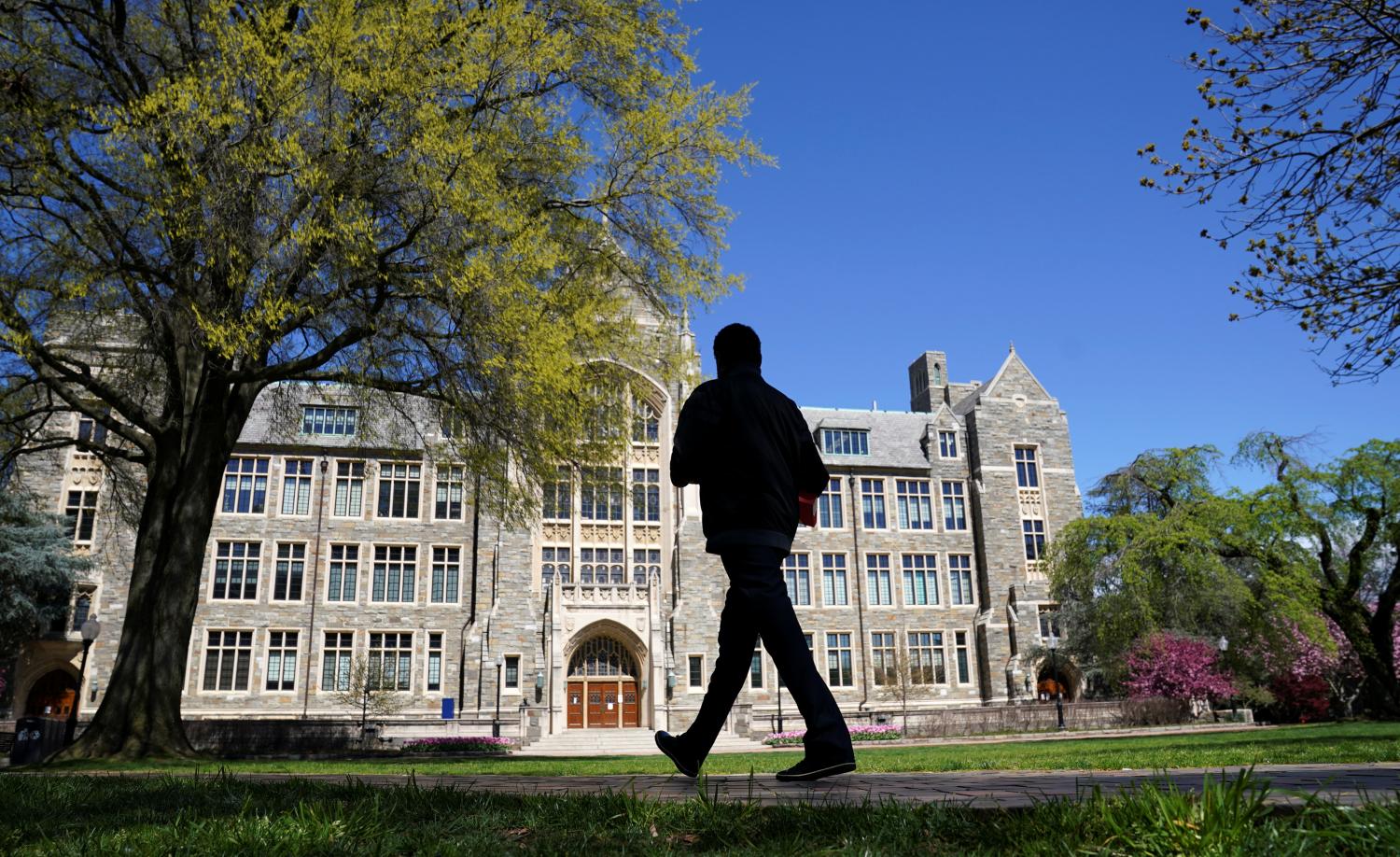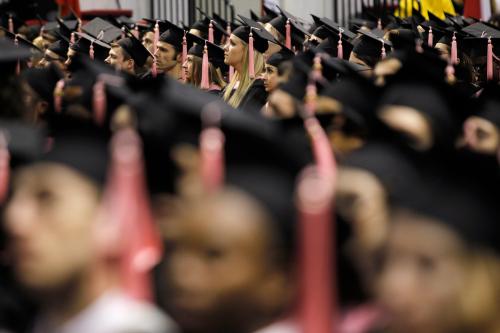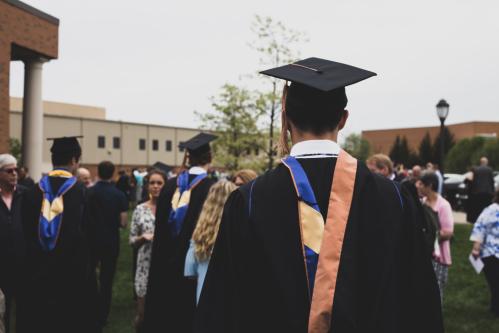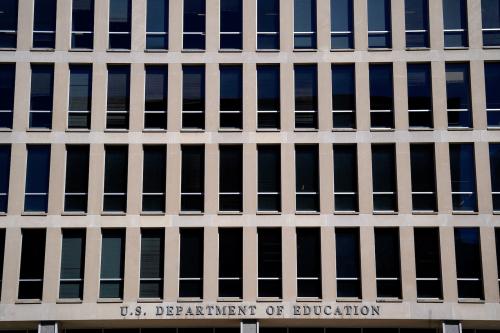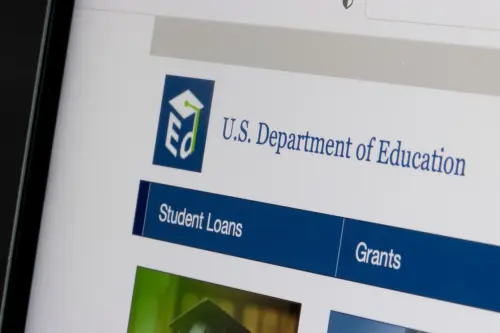This paper was written in conjunction with the Accountability in Higher Education event on September 8, 2020.
Higher education was at a crossroads even before the COVID-19 crisis. In recent years, the cost of college attendance has risen and student debt levels have exploded. Discussions about debt forgiveness and reconfiguring higher education finance have moved out of wonky policy circles and into public discourse. Meanwhile, the costs of college have risen dramatically in recent years, perhaps exacerbated by decreases in state funding, and leading many institutions of higher education (“IHEs”) to provide online and lower-cost solutions to supplement or replace the “traditional” four-year, residential college—a trend that will be accelerated by the COVID-19 crisis. Simultaneously, college demographics have shifted, with an increasing population of “nontraditional” students, including those who are older, lack financial support from parents or other family members, and are more likely to have dependents. Disparities in higher education have had disproportionate, negative, and long-lasting effects on Black and Latino communities. And COVID-19 has caused or deepened devastating public health and economic impacts to IHEs and students alike.
To add fuel to the fire, these trends have come at a time of extreme deregulation of student protections. Under the leadership of Secretary Betsy DeVos, the United States Department of Education (“Department”) has systematically eliminated policies and regulations designed to protect and benefit students and minimized the standards for the state authorizers and accreditors who comprise the other members of the “triad” of higher education oversight.[1]
But this can change. While the current deregulatory agenda and a divided Congress may not offer much hope for new student-centric policies, a more willing Secretary of Education would have ample tools at her disposal to use the student financial aid programs authorized by Title IV of the Higher Education Act of 1965 (“HEA”) to promote equity, increase institutional accountability, and enhance student protections.
This is the first in a series of papers drafted by Student Defense that explore under-used authorities in the HEA and which highlight how a reinvigorated Department can use these powers, at this critical juncture, to promote equity and foster stronger protections and outcomes for students. The goal of this and future papers is not to promote or endorse the details of specific policy reforms. Nor is it to say that the Department should use every tool at its disposal to add additional regulations on IHEs during this economically precarious time. Nevertheless, by taking a hard look at the existing HEA, we aim to highlight statutory authorities the Department can rely upon to adopt existing policy proposals, promote equity, expand student protections, and ensure that the Department’s enforcement authorities are being used appropriately.
This paper discusses one of the most fundamental aspects of how the Department can better use its gatekeeping authorities to determine which schools can participate in the federal Direct Loan Program, and the terms and conditions of such participation. Because IHEs must sign agreements with the Department in order to participate in the Direct Loan program (i.e., the program under which the Department provides billions of dollars of taxpayer funded student loans each year and largest source of federal student aid dollars and student debt), and because the Department has wide authority over the content of those agreements, the Department can use those agreements as a gatekeeper to mandate “quality assurance” programs, promote social equity, and create structures for institutions to have financial “skin in the game” with respect to student loan repayment. Although the Department previously has used the HEA to establish accountability metrics for “Gainful Employment” programs—i.e., virtually all programs offered by for-profit IHEs and non-degree programs offered by public and non-profit IHEs—the authorities tied to the Direct Loan Agreements provide the Department the ability to protect students across all institutions participating in the Direct Loan program, at an institutional or programmatic level, and ensure that those institutions and programs are promoting strong outcomes.
Read the full paper here.
Aaron Ament is President and Cofounder of the National Student Legal Defense Network. Dan Zibel is s the Vice President and Chief Counsel of National Student Legal Defense Network. Student Defense receives funding from Arnold Ventures. Other than the aforementioned, the authors did not receive financial support from any firm or person for this article or from any firm or person with a financial or political interest in this article. Other than the aforementioned, they are currently not an officer, director, or board member of any organization with an interest in this article. No outside (non-Brookings) party had the right to review this work prior to publication.
The Brookings Institution is committed to quality, independence, and impact.
We are supported by a diverse array of funders. In line with our values and policies, each Brookings publication represents the sole views of its author(s).

